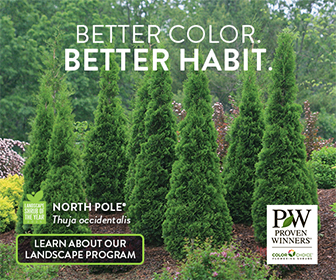“Grasses are the hair of Mother Earth.”
~ Karl Foerster
Free guide to grasses and sedges for the state.
Few plants on Earth are more versatile or have a greater impact on the environment than grasses. They are major contributors to the total net photosynthesis and production of biomass in the world. They tame the erosive splash of raindrops, stabilize soil and assist the infiltration of water into the ground and aquifers. They interact ecologically with a diverse number of flora and fauna, both above and below ground, including insects, fungi, birds and mammals.
Many insects, for example, rely on native grasses as a substrate on which they lay their eggs or as a larval food source in order to complete their life cycles. These same insects, in turn, are eaten by birds and mammals higher up the food chain. Many species of mammals, birds and insects also rely on grasses for shelter and nesting materials.
No other plant has played a more vital role in the development of civilization than grasses. For thousands of years, wild grasses have been cultivated and domesticated for human consumption and as feedstock for livestock and herds of wild animals. Most of the cultivated grains we use today, including wheat, barley, rye, oats, corn, rice, millet and sorghum, were developed from wild native grasses. Over the years, plant breeders and agronomists have made dramatic improvements in grain yields. One of the most notable was Norman Borlaug, an Iowa-born scientist and winner of the 1970 Nobel Peace Prize. He developed a high-yielding disease-resistant wheat that helped feed the world and saved millions of people in impoverished nations from starvation.
The grass family, Poaceae, is the fourth-largest plant family on Earth, with more than 10,000 species. Globally, grasses grow in all terrestrial habitats, including forests, glades, savannas, open deserts, prairies, wetlands, stream banks and floodplains. Yet grasses are relatively young plants in terms of their evolutionary history. The earliest evidence of fossilized grass pollen was found in South America and dates to the Paleocene Epoch, 55 to 65 million years ago. To put this in perspective, dinosaurs never ate grasses because grasses evolved after dinosaurs were extinct.
The southeastern United States is home to about 1,400 native grass species, many managed for erosion control or wildlife habitats. Others have been domesticated as pasture grasses and other types of animal forage. A few species, such as Muhly Grass, Switchgrass and River Oats, have become popular in the landscape trade.
This publication describes and illustrates 48 grasses and 10 sedges native to Georgia. It is not the intent of the authors to describe all native grasses and sedges, but those that are most widespread or those having practical application for wildlife habitats, erosion control, restoration projects or landscape culture. A few of the plants are noted as being weedy or invasive and may not be appropriate for use in cultivated landscapes. Nonetheless, they are included to assist the reader in identifying them because they are abundant in the wild.
This publication further separates grasses into two categories: warm-season grasses and cool-season grasses. Warm-season grasses begin growing when daily temperatures are between 60 °F and 65 °F. They grow in the summer, flower and fruit in the fall, and then go dormant after the first frost. Cool-season grasses grow in the late fall, winter and early spring, flower and fruit in the late spring, then go dormant in the summer.
Guide to plant descriptions
Native grasses and sedges described in this publication are listed alphabetically according to their botanical name. Grasses are divided into two categories: warm season and cool season. The appendix contains a Guide for Selecting Native Grasses and Sedges according to their growing requirements and usages. Information on each plant is provided according to the following criteria:
- Common Name(s) / Botanical Name
- Life Cycle
- Characteristics
- Cultural Requirements
- Time of Bloom
- Suggested Uses
- Georgia Hardiness Zones
- Size
- Habitat
- Native To
- Propagation
- Comments
A glossary provides the reader with additional definitions of terms used elsewhere in this publication.
Native Plants for Georgia Part IV: Grasses and Sedges - Bulletin 987-4
Download this free publication:

